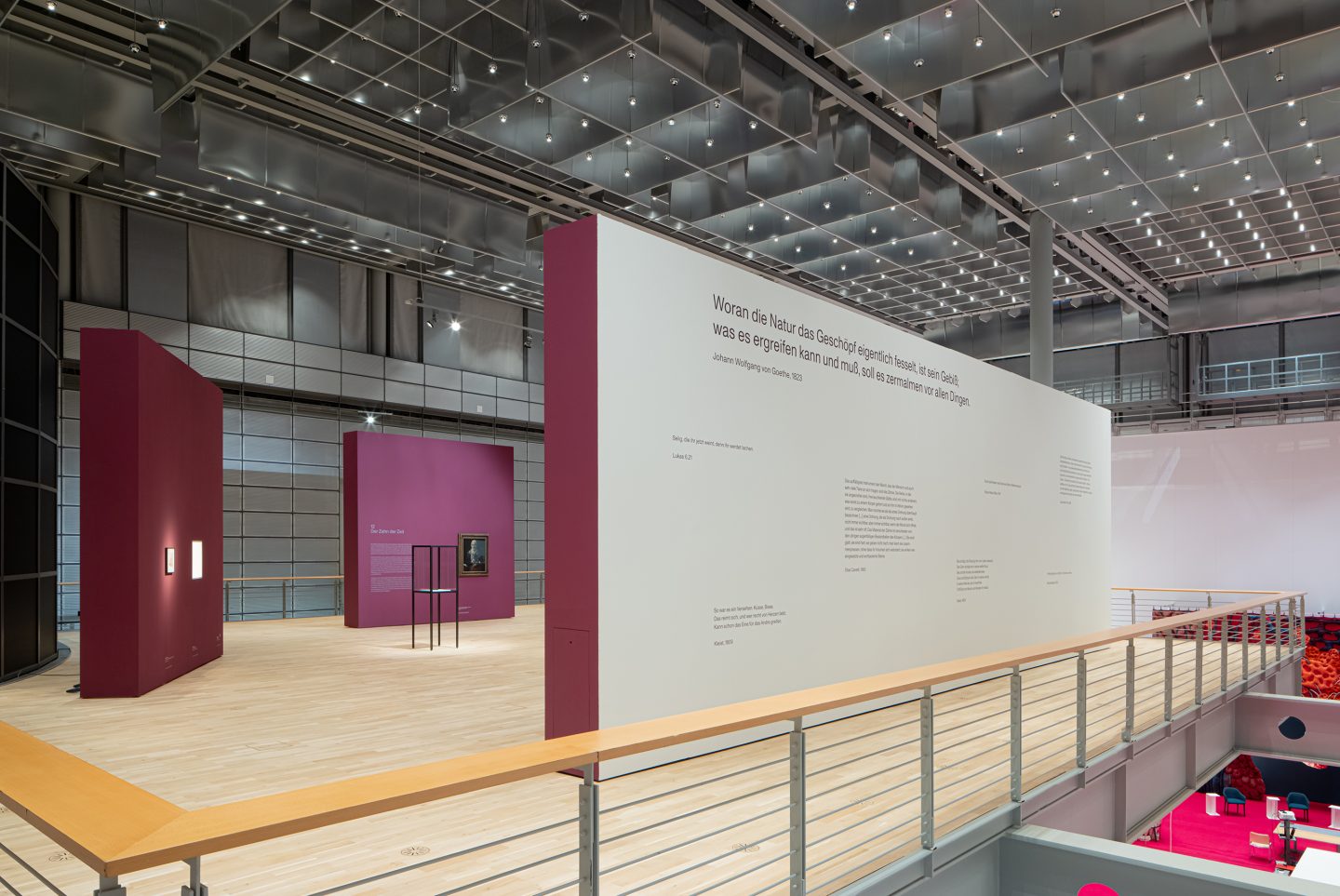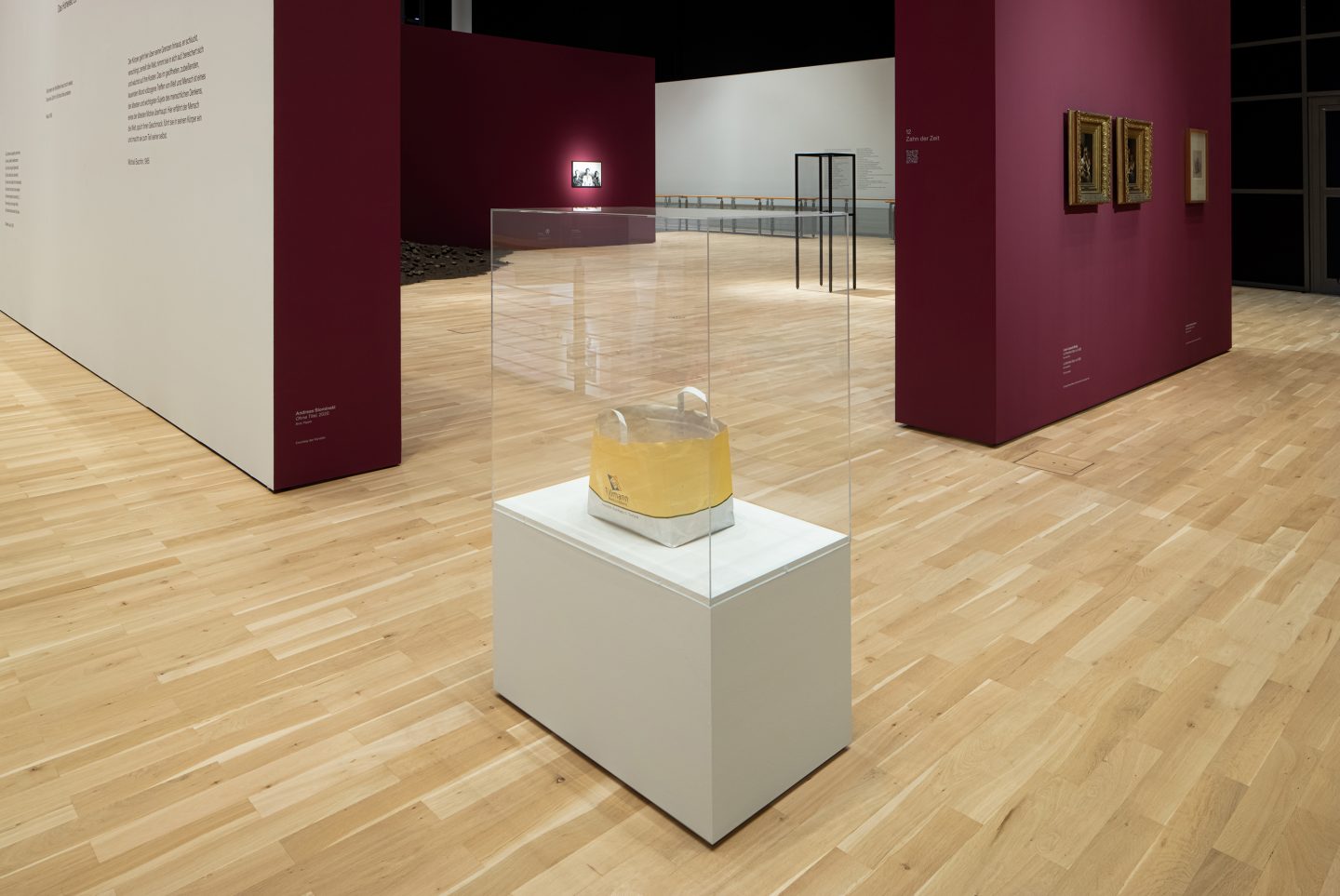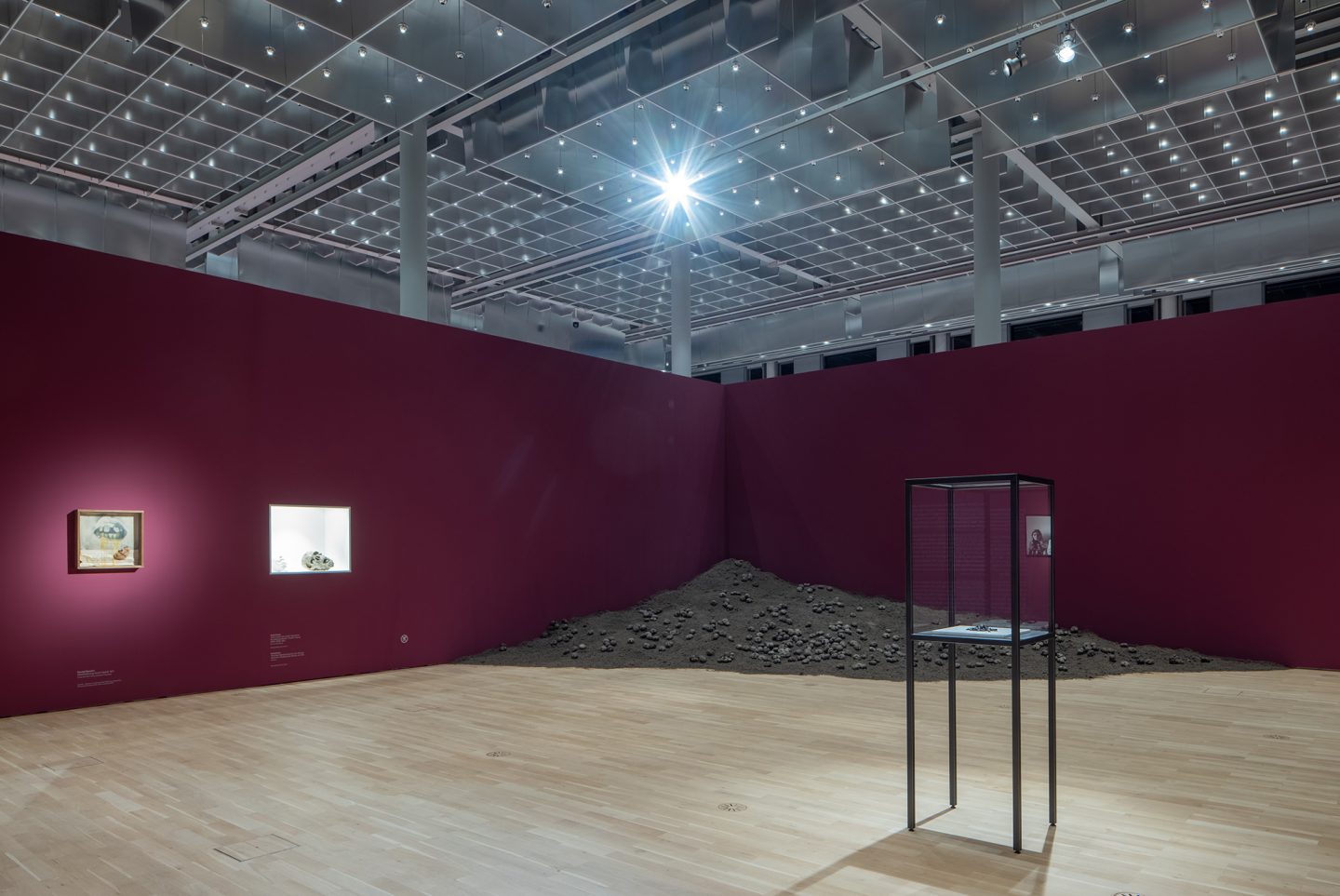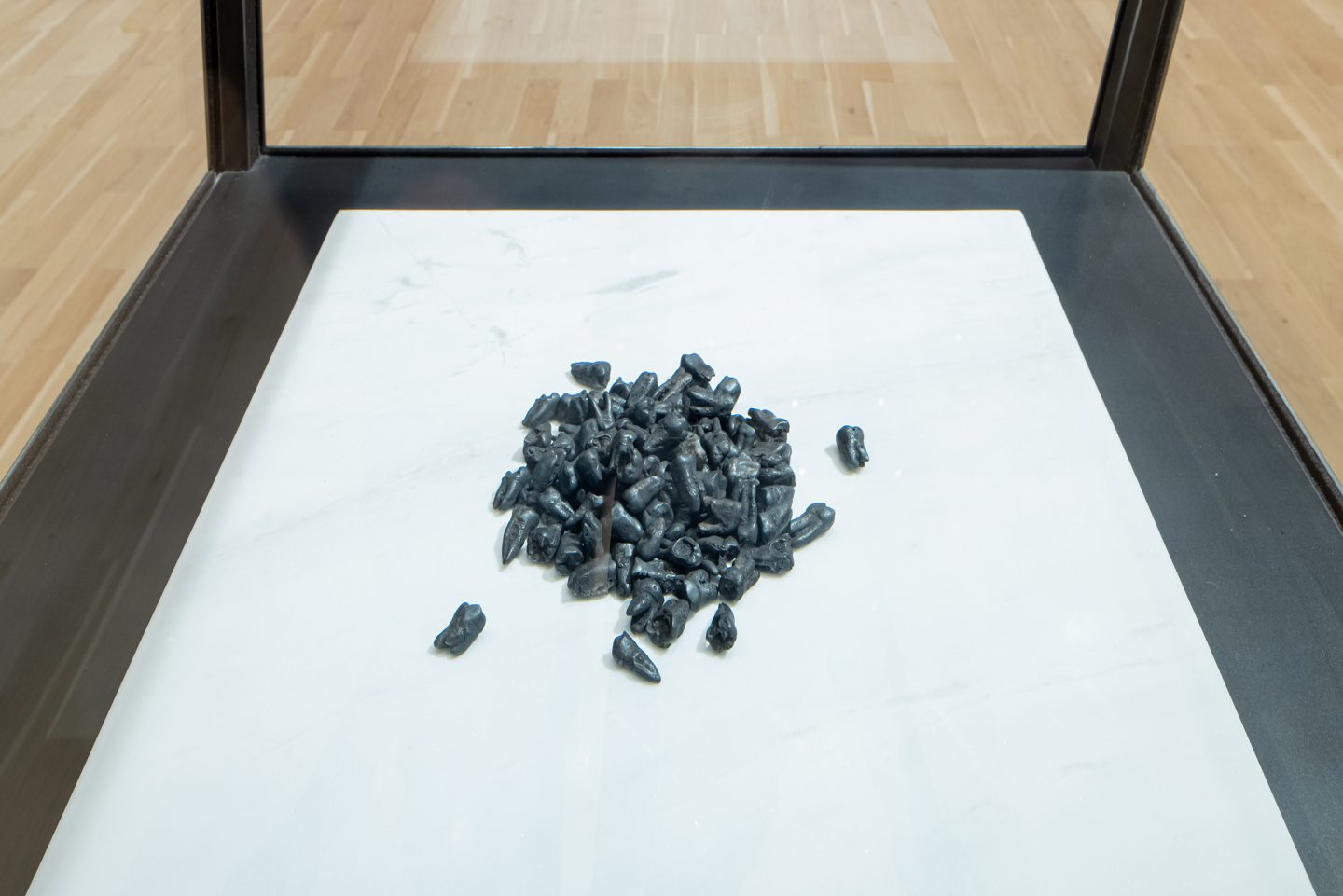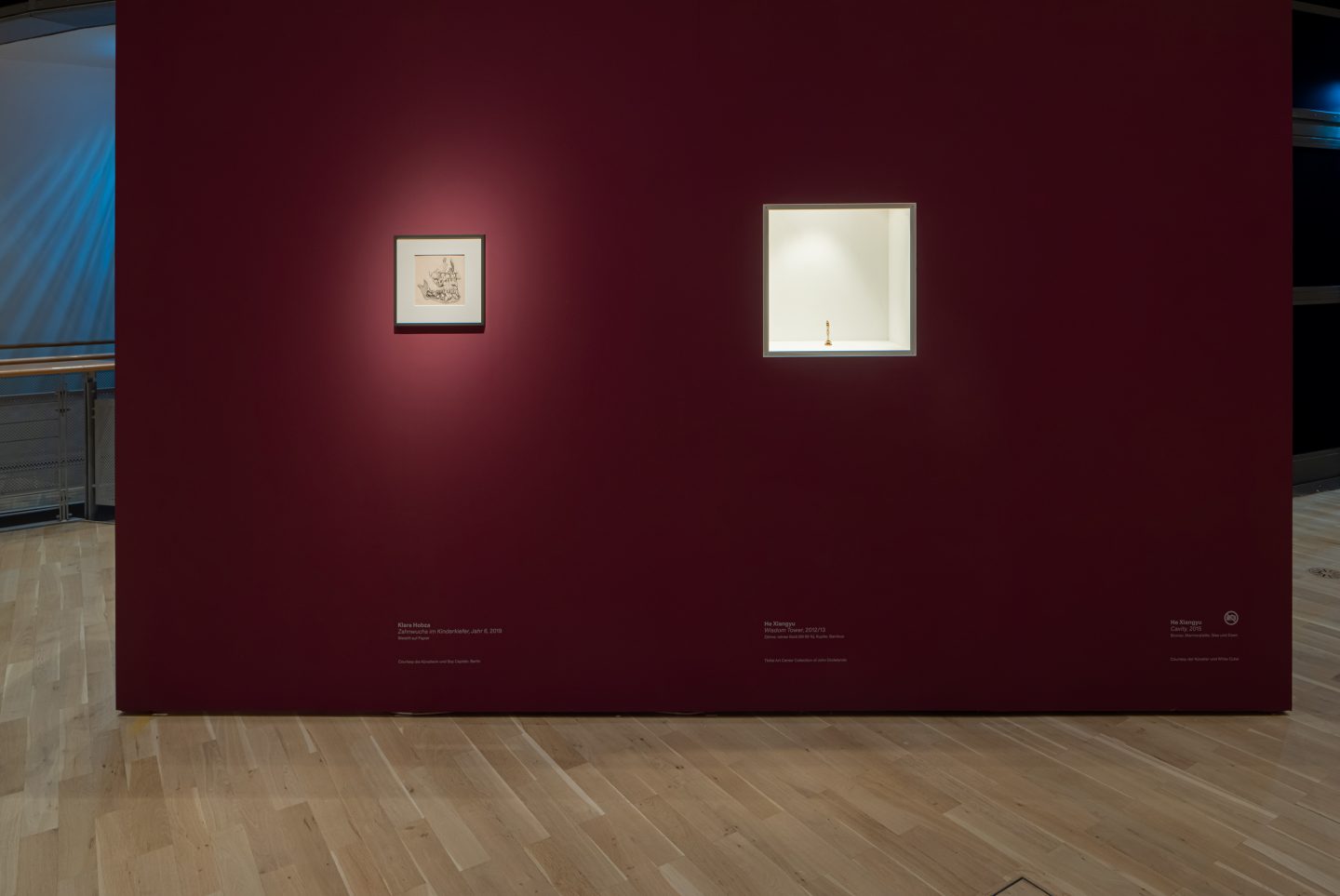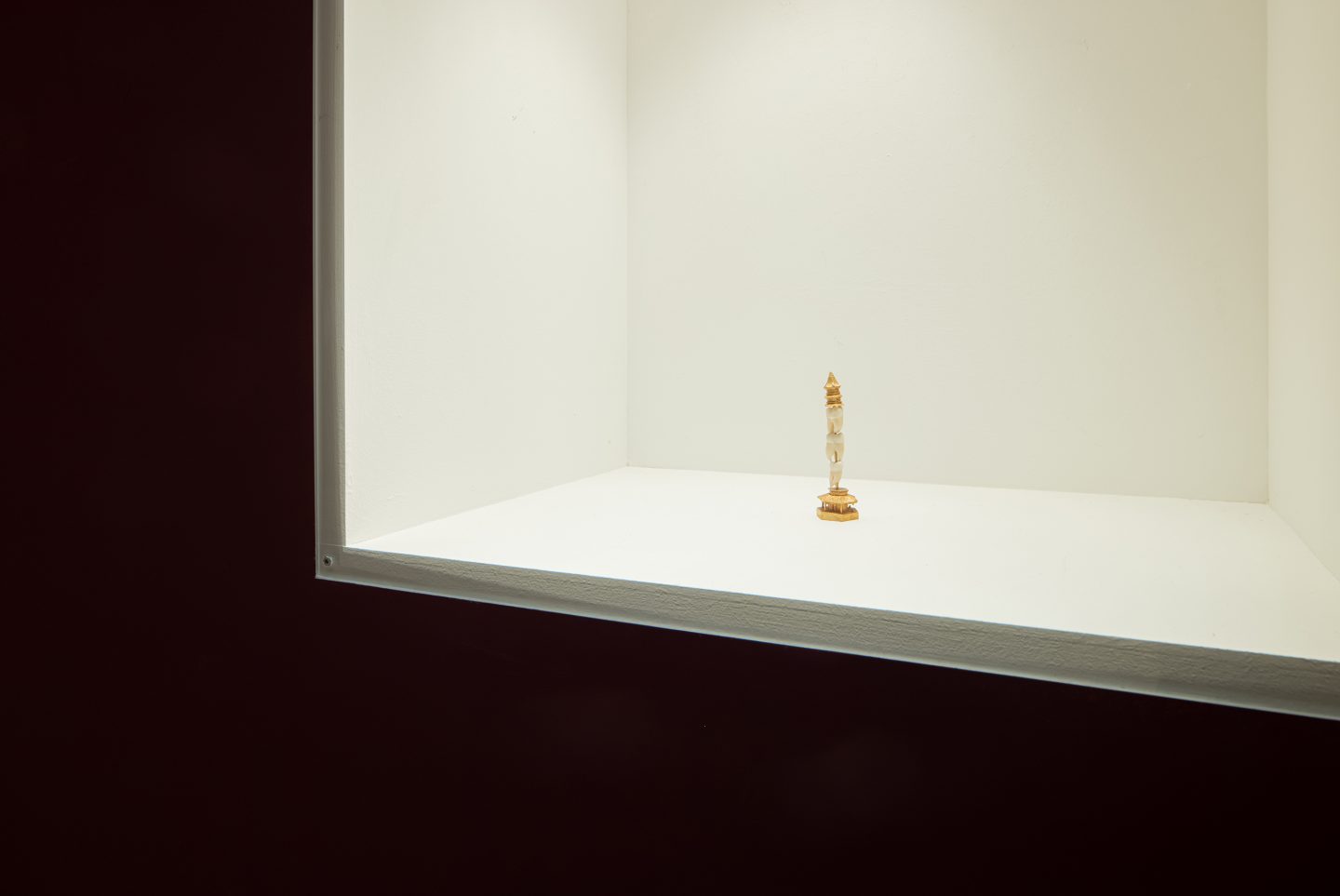In aller Munde Von Pieter Bruegel bis Cindy Sherman
Kunstmuseum Wolfsburg
2020.10.31 – 2021.4.5

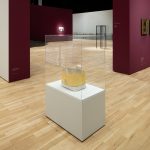

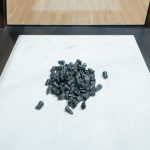
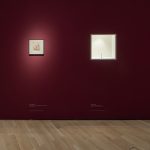

It is the most comprehensive thematic exhibition on art and culture revolving around the oral cavity ever held in Germany—and it will be on view at the Kunstmuseum Wolfsburg as of October 31, 2020: On Everyone’s Lips. From Pieter Bruegel to Cindy Sherman. With works by, among others, Albrecht Dürer, Pablo Picasso, Louise Bourgeois, Marina Abramović, and Andy Warhol, the Kunstmuseum is presenting more than 250 artworks and objects from antiquity to the present.
As the scene of a highly infectious disaster, the mouth and throat area is currently receiving the greatest attention worldwide, since its mucous membrane provides the ideal substrate for the survival and spread of the coronavirus—a topicality that was not foreseen during the preparation of the exhibition. The oral cavity has thus moved to the center of social, political, and media debates.
With lips, tongue, and teeth, the mouth as a whole is an extremely appealing bodily zone: speech, pain and screaming, eating, devouring, spewing and spitting, lust and passion. Visitors to the Kunstmuseum Wolfsburg will experience this emotional spectrum from disgust to empathy on the diversified thematic tour through the exhibition.
One of the exhibition chapters, “Tooth and Ornament”, is dedicated to teeth and their decorative, religious, and economic value in various cultures of our world: The New Zealand artist Ane Tonga deals with the traditions surrounding golden tooth jewelry in her Tongan family and stages it photographically, while the London-based artist couple Fantich & Young design entire masks and outfits made of teeth. Teeth, however, are not only decoration but also a weapon and become an instrument of death in the chapters “The Gullet and Devouring” and “Kissing and Vampirism” when the werewolf in the work by Lucas Cranach devours people, Saturn eats his children in the work by Alfred Kubin, and the vampire’s “love bite” in the work by Edvard Munch becomes the kiss of death. The lips and the tongue are responsible for the sensual form of the kiss, which becomes very clear in the intense images of kissing by Pablo Picasso and Wolfgang Tillmans. Air and sounds leave our mouth audibly but invisibly, which is expressed in the corresponding chapter of the exhibition, for example, in the surprisingly long history of the motif of the Homo bulla, the human who blows soap bubbles. In total, the exhibition is divided into the following twelve chapters: Expeditions into the World’s-Inner Space, All Around the Mouth, Baring Teeth, Toothache & Dental Commerce, Tooth & Ornament, On the Tip of One’s Tongue, Licking & Tasting, The Gullet and Devouring, Kissing & Vampirism, Screaming & Spewing, Air & Sounds, and The Tooth of Time.
In the 2,250-square-meter exhibition hall of the Kunstmuseum Wolfsburg, paintings, drawings, sculptures, installations, and videos, as well as cultural, historical objects offer an impressive overview of the range of visualizations relating to the oral in a specially conceived architecture representing an abstracted oral cavity. From the oldest exhibit in the show, an approximately 2,600-year-old ancient Egyptian bronze figure depicting the nursing Goddess Isis with Harpocrates, via one of the famous character heads by Franz Xaver Messerschmidt, to contemporary works such as the Scream works by Christian Marclay, the bizarre tooth landscape by Mithu Sen, and a site-specific installation by Benjamin Houlihan, for which he licks tempera paint onto a wall with his tongue—the exhibition at the Kunstmuseum Wolfsburg presents fascinating works of art on the subject of the mouth from a number of the most important museums.
After being approached by the cultural scholar Hartmut Böhme and the dentist Beate Slominski, the curator Uta Ruhkamp developed an extraordinary exhibition. The content of the accompanying comprehensive publication goes far beyond that of the exhibition itself: On Everyone’s Lips. The Oral in Art and Culture is published by Hatje Cantz and, with 352 pages featuring roughly 350 illustrations and insightful contributions by renowned authors, will expand and deepen the theme of the exhibition.
